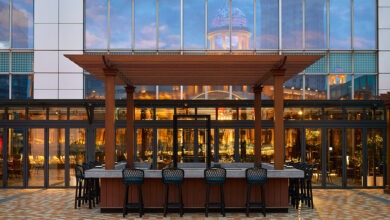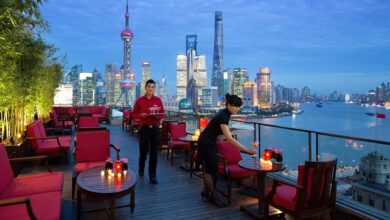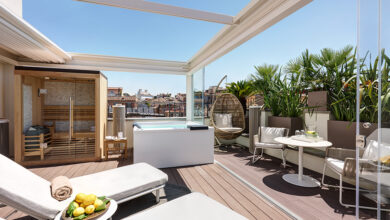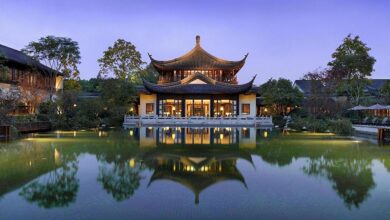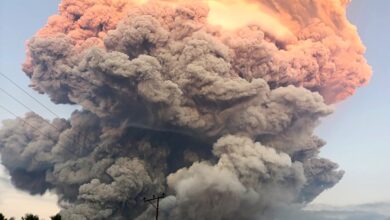Amazing Albania
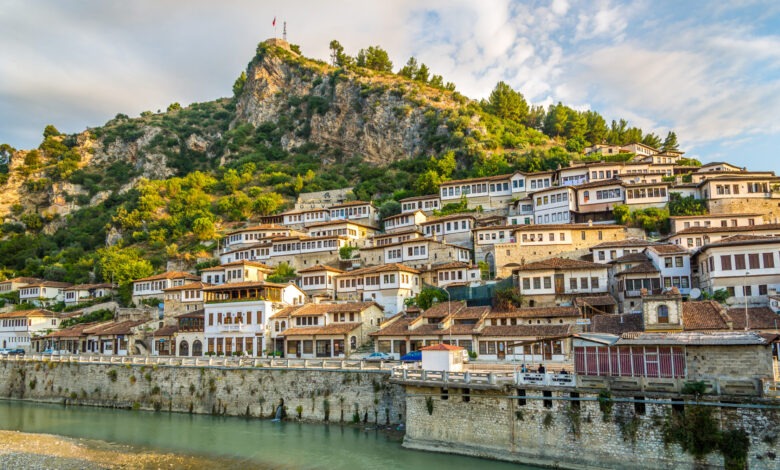
Albania when it rejoined the global community in 1991 after more than fifty years of hard-line communist isolation, was like a Rip Van Winkle awakening to a modern world.
It was a land where many modern conveniences taken for granted by the rest of Europe was either rare or non-existent. On the plus side this meant many of the deleterious effects of modernity were also not visible in the country. Most of the people led simple lifestyles not much changed from the 1940s, traffic jams were unheard of, as was pollution from vehicle exhausts.
Mass tourists did not fill her streets and stretches of unspoilt beaches were easy to find. While things have changed a lot in the two decades since then, this ancient land continues to be quintessentially Albanian. Beautiful pristine beaches on the lonian Coast, fascinating classical sites like ancient Berat and dramatic mountain citadels, draw tens of thousands of visitors each year. For the more adventurous, Northern Albania keeps the country’s reputation as a wild frontier alive and well, with bleak mountains and the occasional blood feud.
In 2011, when the Balkans were considered an ‘only for the brave journey destination, the Lonely Planet ranked Albania as the number one recommended destination to visit. Since backpackers started coming to Albania in the 1990s, tales have been told in ‘keep it to yourself’ style. What they found were amazing azure beaches, good cuisine, heritage sites, nightlife, afordable adventures and the possibility of old-style unplanned journeys. Albania continues to be a warm and sincerely hospitable country – with enough rough edges to keep it interesting and exciting
Karavasta Lagoon
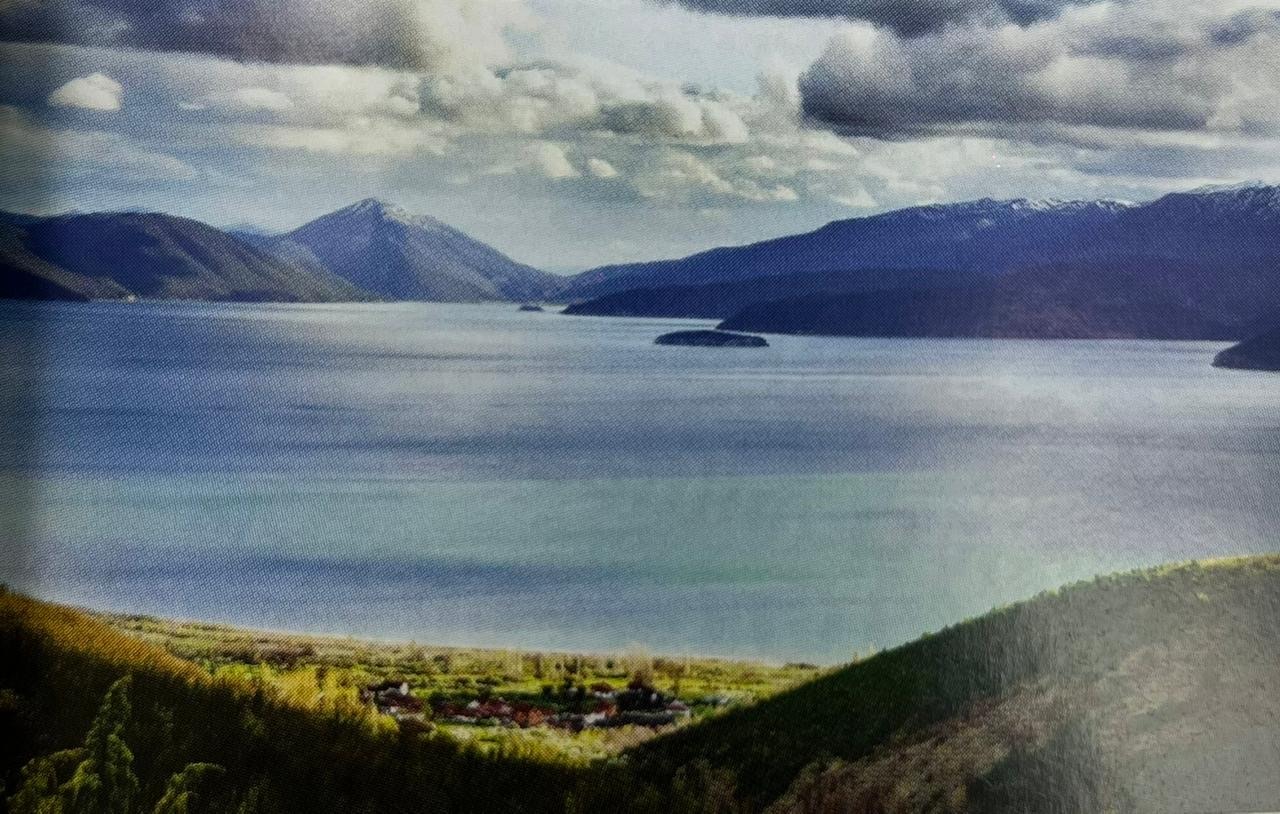
This is one of the largest lagoons in the Mediterranean Sea and is home to the Dalmatian Pelican, as well as to over 250 other species: birds, mammals and amphibians. Five percent of the world’s Dalmatian Pelican population is found in this lagoon. Due to the biodiversity this lagoon is part Ramsar Convention since 1994. The Ramsar Convention on wetlands of international importance is the only global environmental treaty that deals with a particular ecosystem.
Voskopoja
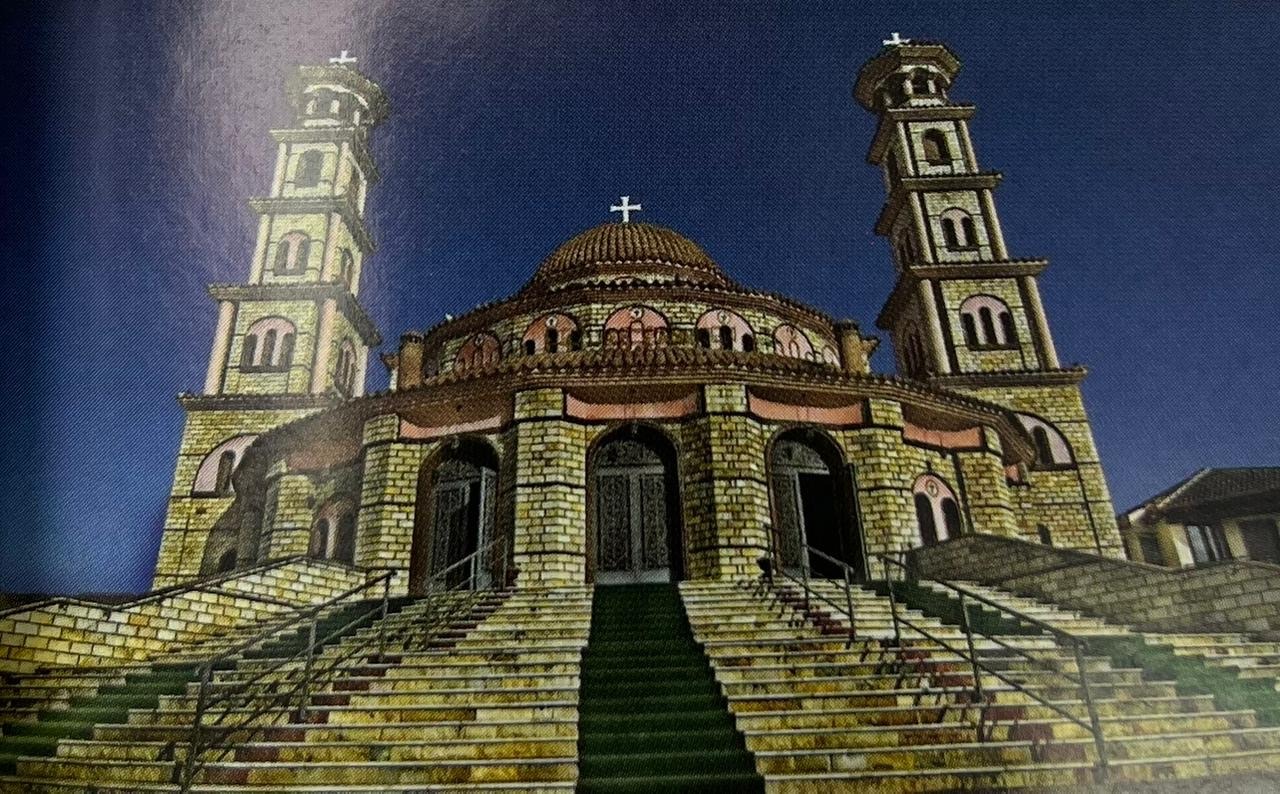
The first printing house in the Balkans was established in 1720 in Voskopoja, which is to be found in eastern Albania. This printing house produced a total of nineteen books, mainly Services to the Saints but also the ‘Introduction of Grammar’ by a local scholar.
Moreover the city had an orphanage for children, known as Orphanodioiketerion, possibly the first in the post-Byzantine Orthodox world, with a hospital and a total of twenty-four churches.
Durres

The second largest Roman Amphitheater in the Balkans is located in Albania’s port-city of Durres.
Built in the 2nd century AD, the theater has a capacity to host as many as 20,000 spectators, about one-sixth of the population of nowadays Durres.
Berat
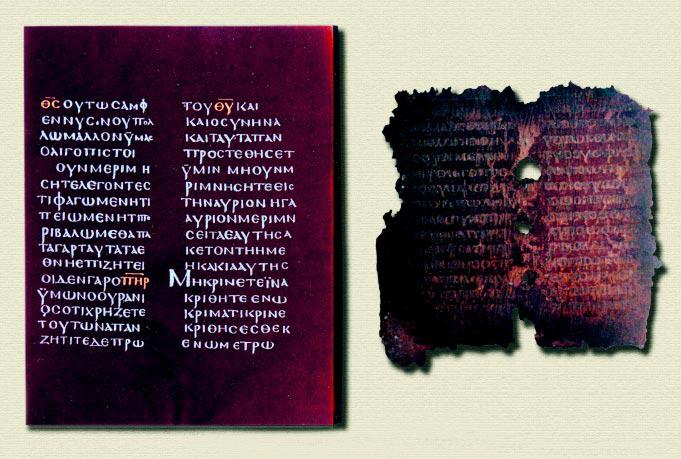
Two of the seven ‘purple codices’ written from the sixth to the eighteenth centuries are preserved in the UNESCO city of Berat in Albania. The two Albanian codices are very important for the global community and the development of ancient biblical, liturgical and hagiographical literature.
Mother Teresa
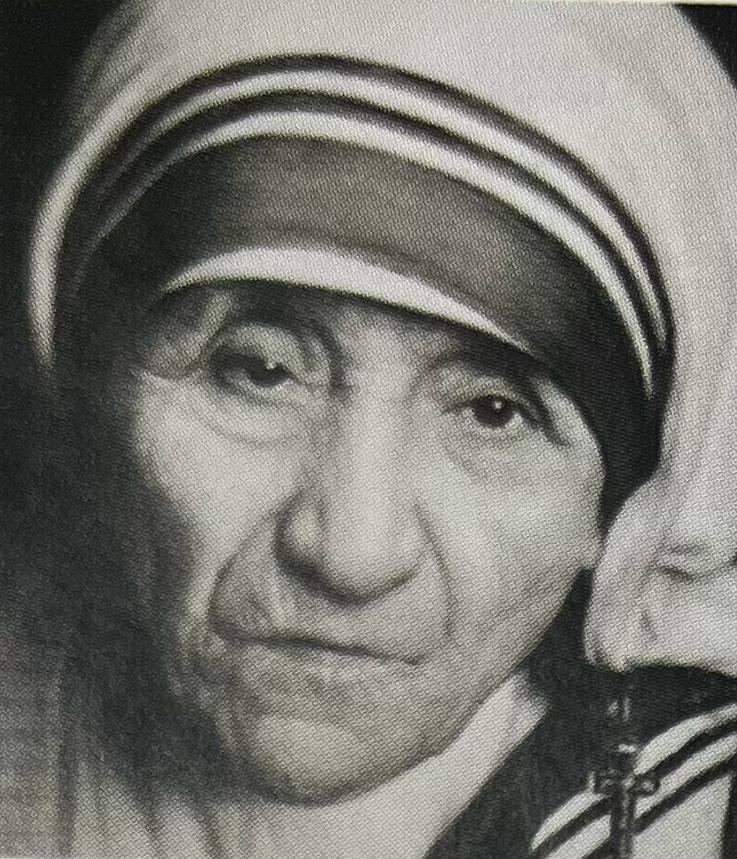
An ethnic Albanian whose given name was Gonxhe Bojaxhiu, eventually settled in India’s Calcutta to live and work among the poorest of the poor. Mother Teresa’s work has inspired generations throughout the world. In her honor the international airport in Tirana, the capital, is named as “NënëTereza”.
Albanian lakes
The country’s lakes are part of the three most important lakes of the Balkans Peninsula. Shkodra Lake is located in northwestern Albania and is the largest lake in the entire Balkan Peninsula, with an area of 370km. Ohrid Lake is located in the southeastern part of Albania and is the deepest lake in the entire Balkan Peninsula, with a maximum depth of nearly 300m. Prespa Lake consists of two branches, Great and Small Prespa. The latter branch cuts deeply into Albania’s Galicica Mountain. It is the highest tectonic lake in the Balkans with an altitude of 853m.
Cultural life
The origins of iso-polyphony, one of the world’s most ancient a Capella singing traditions, can be traced to the Illyrians, the ancestors of modern Albanian. The term ‘iso’ refers to the drone, which accompanies the iso-polyphonic singing and is related to the ‘ison’ of Byzantine church music, where the drone group accompanies the song. This unique musical tradition was recognized by UNESCO in 2005 when it was added to the list of ‘Masterpiece of the Oral and IntangibleHeritage of humanity.
The Albanian language is one of the oldest living languages in the world and a stand-alone branch of the Indo-European language family and is now spoken by close to eight million people around the world. In addition to a large diaspora, over 80,000 Arbëresh speak Albanian in Southern Italy. The estimated 260,000 Arberesh are direct descendants of Skanderbeg following a mass migration after his death in the late 15th century. Onufri is famous as the most important icon painter of 16th century in Albania.
He painted biblical and ecclesiastic motives according to the Byzantine canon. In his works, he depicted Albanian landscapes, towns, peasants, shepherds and especially knights. The most characteristic feature of Onufri’s pictures is the so-called ‘Onufrian red’. The main legacy of the Albanian national hero, Skanderbeg, was to stop the expansion of the Ottoman Empire in Western Europe.
His contribution is commemorated in monuments, statues, and squares named after him in Rome (Italy), Vienna (Austria), Geneva (Switzerland), Michigan (USA), Skopje (Macedonia), and Pristina (Kosovo), Paris (France), Spezzano (Italy) and Brussels (Belgium).
During the nearly forty-year leadership of Communist period, over 700,000 bunkers were built in the country – one for every four inhabitants. The bunkers are still a ubiquitous sight in Albania for visitors, with an average of twenty four bunkers for every square kilometer. Albania is maybe unique with its bunkers where some of them are decorated with bright colors. Pencil holders and ashtrays in the shape of bunkers have become one of the country’s most popular tourist souvenirs.










